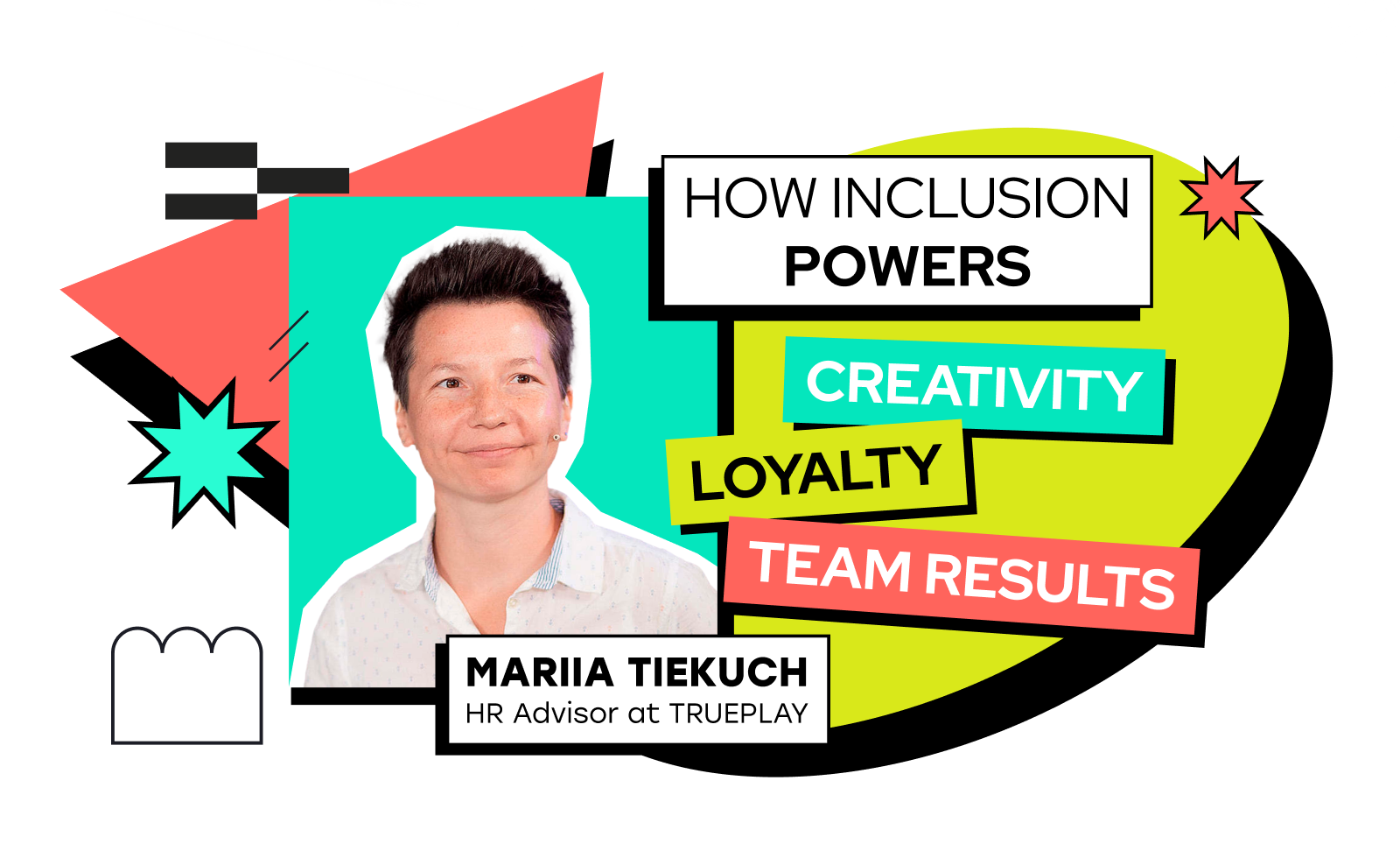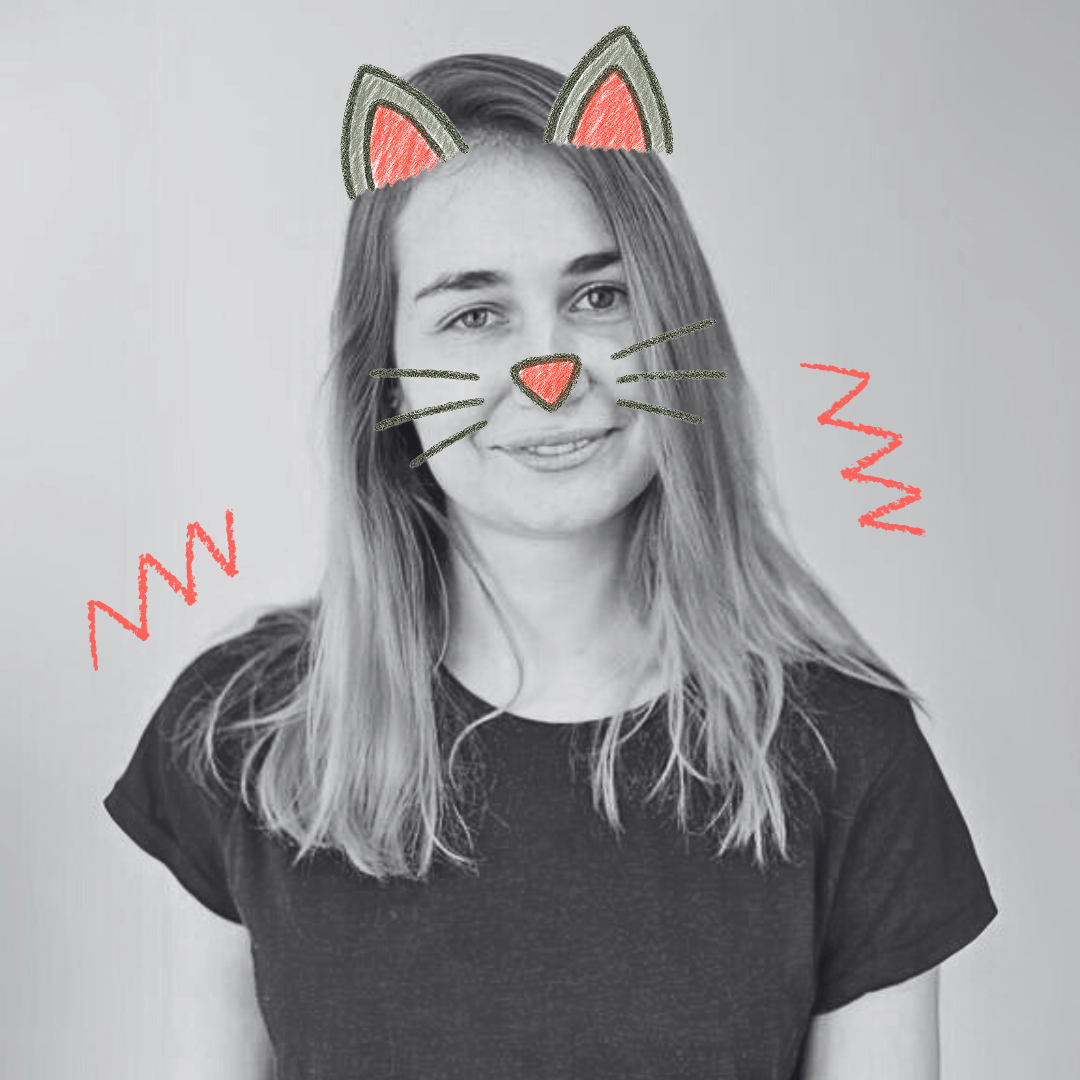To craft the perfect mix of acquisition and loyalty magic, you need to understand what’s going on inside your players’ heads. That’s why the Trueplay team sat down with Patrick Fagan, a behavioral expert, Sunday Times bestselling author, former lead psychologist at Cambridge Analytica, and university lecturer. He helped us dig into the psychology behind player decisions.
Our conversation spanned everything from player archetypes and smarter segmentation to responsible design and emotional loyalty. At the heart of it all stood the idea that loyalty is earned through feeling. Stay for a read to find out why.
Before you can retain anyone, you need to understand who they are and why they play. We began by uncovering what motivates players in the first place. Not all players want the same thing, and assuming they do is a fast track to forgettable experiences. Patrick broke casino audience down into five core archetypes, each defined by distinct emotional drivers:

Too many brands still slice up their audiences by age or location. But as Patrick put it,
King Charles and Ozzy Osbourne are demographically identical but psychologically worlds apart.
Behavioral segmentation offers more precision. Understanding why people play helps you meet the emotional needs they’re trying to fulfill, giving you the tools to shape genuinely resonant experiences.
Why do randomized features like loot boxes work so well? Because they tap into something primal: curiosity and our brain’s hunger for patterns.
According to Patrick, our minds are wired to solve puzzles. Slot machines, with their almost random patterns and uncertain outcomes, hijack that instinct. Throw in the sensory rush of flashing lights, quick animations, and dopamine-triggering sounds, and you’ve got a feature built for emotional payoff.

Not everyone wants control. In fact, for some players, the appeal lies in letting go.
Features like CopyStake, where users follow streamers and mirror their bets, create a shared experience. “It reminds me of watching a soccer game,” Patrick said. “You’re not kicking the ball, but you feel the thrill when your team scores. It’s vicarious pleasure. That’s thanks to our mirror neurons, which enable us to experience others’ highs and lows almost as if they were our own. In a vacuum overloaded with decisions, letting someone else drive offers relief.”
When does engagement turn into a problem? When it crosses into what Patrick calls ‘dark flow’ — a state so immersive that it blots out the outside world.
It’s like saying, “I’ll just block out the world by playing this.” We all do that, for instance, binge-watching Netflix, but it becomes dangerous when it consumes too much time.
Design can disrupt it. Casinos that banned smoking saw a drop in problem play simply because stepping outside broke the trance. Adding brief puzzles between rounds or nudges to pause can work the same way. Healthy monetization strikes a balance between fun and friction in the right places.
When asked what brands get wrong about loyalty, Patrick didn’t hesitate: brands often treat loyalty like a tactical retention problem, but it’s more about memory and emotion. If you want people to come back again and again, the brand needs to evoke different emotions, be interactive, and be memorable. Stand out from the noise of daily life.
What keeps players loyal isn’t a gimmick. It’s knowing their emotional state, recognizing their motivations, and delivering experiences that meet them where they are.
As Patrick reminded us: “People are loyal when something consistently makes them feel good.” That’s the bar. Click here to watch the full video.


